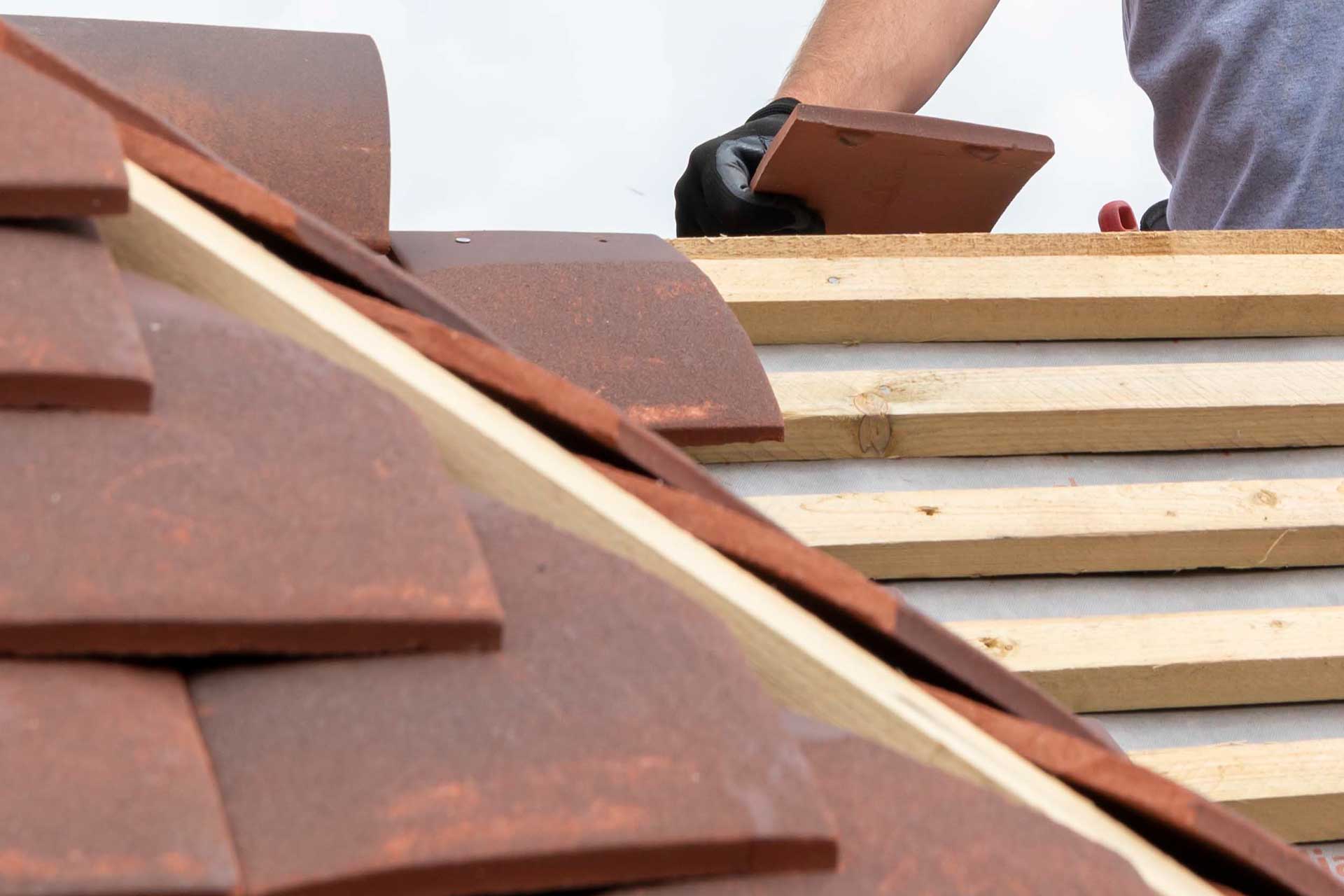Roof Replacement in the UK: Protecting Your Residence from the Elements
Roof Replacement in the UK: Protecting Your Residence from the Elements
Blog Article
Any homeowner in the UK will find that roof replacement is an important undertaking. With the country's ever-changing weather conditions, ensuring that your roof is in good condition is not only a matter of aesthetics but also of safety and functionality. Over time, roofs naturally wear down due to exposure to wind, rain, snow, and even heat. When repairs are no longer sufficient, a full roof replacement becomes the best solution. It is important to approach this process with careful planning and an understanding of what it involves. From selecting the right materials to hiring a qualified contractor, roof replacement requires a strategic and informed approach. Taking proactive steps now can help avoid larger, more expensive issues later.
Roof damage, such as missing or sagging tiles, or persistent leaks despite repeated repairs, is a sign that it may be time to replace the roof. In the UK, many homes have slate or tile roofs, and while these materials are durable, they are not immune to long-term wear. Damp patches on ceilings, mould growth, and an increase in energy bills can also indicate that the roof is no longer providing adequate insulation or protection. Older roofs-those over 20 to 25 years-are more likely to need replacement. A professional roofer should inspect the entire area to determine any damages. They can provide a detailed report and help you decide whether a partial repair or a complete replacement is necessary. Regular maintenance can extend a roof's lifespan, but eventually, every roof reaches the end of its functional life.
The choice of materials for a new roof is crucial. In the UK, the most common roofing materials include slate, clay tiles, concrete tiles, and more recently, synthetic alternatives that mimic traditional aesthetics while offering modern benefits. The durability of slate can be up to 100 years. This makes it an excellent choice for older homes. Clay tiles also offer long life and natural insulation properties, but they may be more susceptible to damage during freezing conditions. Concrete tiles are cost-effective and widely used in suburban housing. For easier installation, some homeowners choose lightweight composite or metal tiles. It's essential to select materials that align with the home's architectural style, local building regulations, and the regional climate. A professional roofer can help guide these decisions based on the specific requirements of each property.
The cost of a Typical roof replacement prices in the UK varies depending on several factors including the size of the roof, the materials chosen, and the complexity of the job. On average, homeowners can expect to pay between 5,000 and 12,000 for a standard three-bedroom house, although costs can be higher for larger or more complex properties. Labour accounts for a significant portion of this expense, so it's important to choose a reliable and experienced contractor. Ask for written estimates, read reviews and ensure the contractor is certified and insured by an accredited trade association. In some cases, local councils or government schemes may offer financial assistance or incentives for roof replacements that improve energy efficiency. A new roof will add value and peace of mind to your house for many years. To acquire additional details please discover this info here
The UK's unpredictable climate makes it important to consider when replacing a roof. Most roofing projects are scheduled during spring, summer, or early autumn to avoid delays caused by rain, wind, or icy conditions. While emergency replacements can happen any time of year, planning the project during favourable weather allows for more efficient work and better installation quality. Depending on the roof's complexity and size, the replacement process may take anywhere from a few days to a couple of weeks. During this time, homeowners should expect some disruption, including scaffolding, noise, and limited access to certain areas. Preparing in advance, such as informing neighbours and protecting garden furniture or vehicles, can help reduce inconvenience. A professional roofer will provide a clear timeline, keep communication open, and ensure safety and cleanliness throughout the project.
One of the key considerations when replacing a roof in the UK is ensuring that the work complies with local building regulations. Depending on the type of property and the extent of the work, you may need to apply for planning permission or building regulations approval before starting the replacement process. In some cases, particularly in conservation areas or with listed buildings, stricter rules apply regarding the materials and methods used for roof replacements. Working with a roofing contractor who understands these rules and regulations is crucial. They can make sure that all requirements are met. Failing to do so can result in fines or the need to undo the work and replace the roof with approved materials.